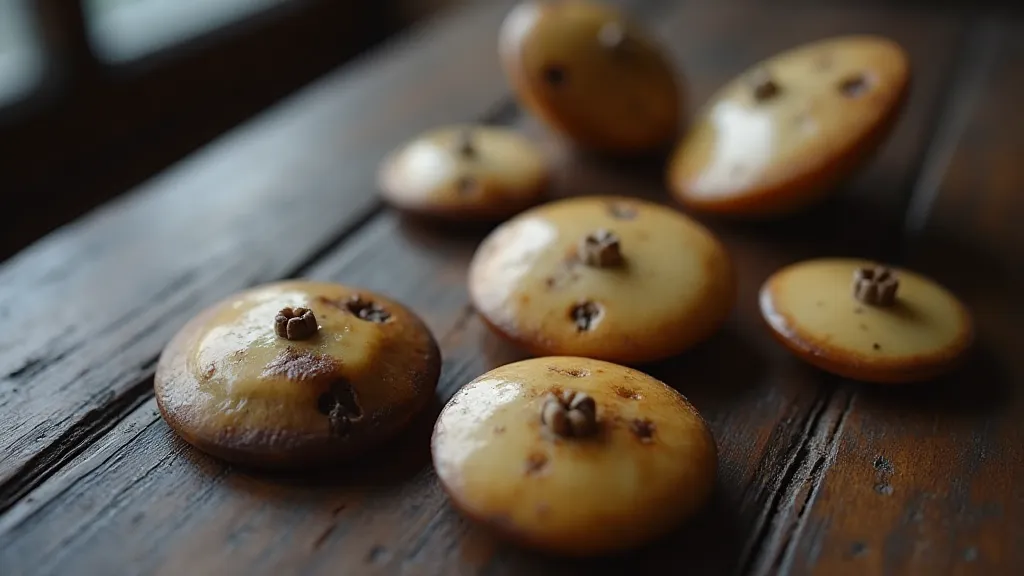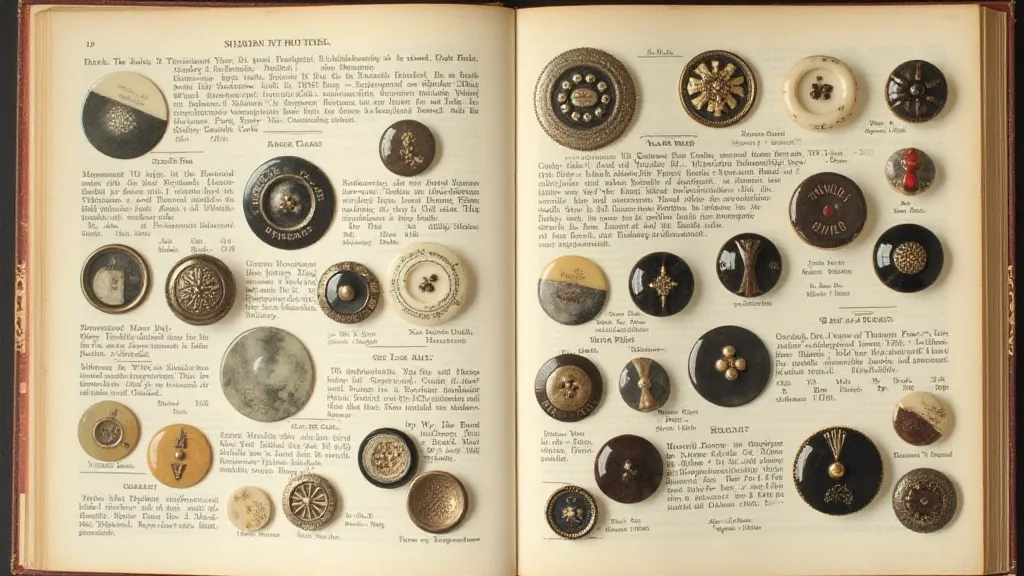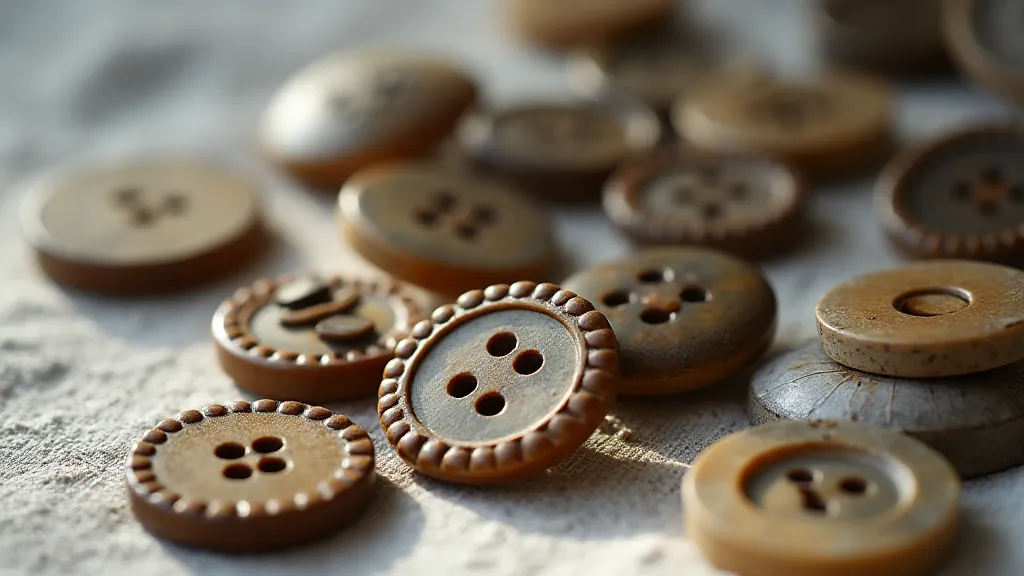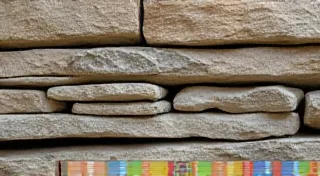From Tailors' Shops to Museum Displays: Tracing the Journey of Victorian Buttons
There's a quiet poetry in holding a Victorian button. More than just fasteners, they are tiny, tangible echoes of a bygone era—testaments to the skill of artisans, the evolving tastes of a nation, and the stories woven into the fabric of Victorian life. My own fascination began years ago, sifting through a box of my grandmother's belongings after she passed. Amongst the faded photographs and delicate lace, a handful of buttons gleamed, each a tiny jewel that sparked a curiosity that’s only grown stronger.
The Victorian era (roughly 1837-1901) was a time of unprecedented industrial growth and societal change. Fashion, a powerful indicator of social status and evolving roles, became increasingly complex. What started as relatively simple closures – simple shank buttons used on military uniforms – quickly exploded into a dizzying array of styles, materials, and manufacturing techniques. From the elegant ball gowns of the aristocracy to the sturdy workwear of the burgeoning middle class, buttons played a vital role. Their journey, from humble beginnings to treasured artifacts, is a fascinating one to explore.
The Dawn of Mass Production & Early Manufacturing Techniques
Prior to the Victorian era, buttons were largely handcrafted, making them expensive and exclusive. The advent of steam power and increasingly sophisticated machinery dramatically changed the landscape. Early button factories, like those springing up in Birmingham, England, were initially small-scale operations, but they quickly expanded, fueled by the insatiable demand for buttons. Horn was a particularly popular early material, readily available and relatively inexpensive. The process of turning horn into buttons was remarkable—layers of horn were ground down, pressed into molds, and then meticulously carved and polished. These early horn buttons, often with simple designs, hold a certain rustic charm. You can almost feel the pressure of the craftsman’s hands as you turn one over.

Another crucial development was the introduction of vulcanization in the 1850s. This process, applied to gutta-percha (a natural rubber-like material), allowed for the creation of molded buttons in intricate designs. Gutta-percha buttons were a sensation, often mimicking precious stones or depicting elaborate scenes. However, their fragility meant that they often didn't survive the test of time. Their existence serves as a poignant reminder of the ephemeral nature of many Victorian adornments, and the challenges faced in preserving these fragile pieces of history.
The Reign of Mother of Pearl: Beauty and Impermanence
Perhaps the most iconic Victorian buttons are those crafted from mother of pearl. Harvested from oysters and mussels, the iridescent material offered unparalleled beauty and luster. The process of creating mother of pearl buttons was laborious, involving careful slicing, shaping, and polishing. Each button was unique, displaying the natural variations in color and pattern. A truly exceptional mother of pearl button can shimmer with an almost otherworldly glow. Their delicate nature, however, also meant they were easily scratched and chipped, adding to their fragility.
The rise of "fancy" buttons – those with elaborate designs and embellishments – was closely tied to the growing middle class and their desire to emulate the styles of the wealthy. Jet buttons, made from fossilized wood, became particularly popular during the period of mourning that followed the death of Prince Albert in 1861. They were a somber, yet elegant, way to express grief and respect. The jet’s dark, glassy appearance and the skill required to shape it made these buttons particularly prized. The widespread adoption of these jet buttons, and other mourning traditions, speaks volumes about Victorian sentiment for loss and the rituals surrounding grief—a topic explored in greater detail in our article about jet’s shadowed grace.
Military Buttons: Symbols of Duty and Identity
Military buttons offer a distinctive chapter in the story of Victorian button collecting. Each regiment had its own unique button design, often incorporating the crest of the unit or a symbolic representation of its history. These buttons served not only as fasteners but also as badges of identity and sources of pride. Collecting military buttons is a fascinating specialty, allowing you to piece together snippets of military history – battles fought, uniforms worn, and the lives of the men who served.
Early military buttons were often made of brass or pewter. As manufacturing techniques advanced, other materials like horn, mother of pearl, and even silver were used, reflecting the status and prestige of the regiment. The wear and tear on these buttons, the mud stains and the scratches, tell silent stories of service and sacrifice. These silent testaments to service and sacrifice often reveal a deeper narrative—the journey of these objects, from the tailor’s shop to the battlefield, and beyond—reflecting the broader landscape of Victorian distribution.
The Rise of Button Catalogs & Design Evolution
The sheer volume of button styles produced during the Victorian era was staggering. Button catalogs became essential tools for both manufacturers and retailers, showcasing the latest trends and designs. These catalogs, some beautifully illustrated, provide valuable insights into the evolution of button aesthetics. The designs moved from simple geometric shapes to intricate floral patterns, heraldic crests, and even miniature portraits.
The influence of the Arts and Crafts movement in the late Victorian era also had an impact on button design. There was a renewed appreciation for handcraftsmanship, leading to the production of buttons with more organic shapes and textures. This period marked a subtle shift away from the mass-produced, often ornate styles of the earlier years. These shifts in design, along with the logistics of getting these new styles into the hands of consumers, highlight the surprising complexity of Victorian button distribution.

Preservation and the Collector’s Journey
Today, Victorian buttons are prized by collectors worldwide. They are not merely decorative objects; they are historical artifacts, tangible links to a fascinating era. The act of collecting isn't simply about accumulating objects; it’s about uncovering stories, piecing together the puzzles of the past, and preserving a piece of history for future generations. The collector's journey is often a transformative one, fueled by the allure of uncovering hidden narratives and connecting with a bygone era—a process we explore further in our discussion about the collector’s alchemy.
Restoration and preservation are important considerations for any collector. Cleaning should be done gently, using appropriate materials. Extreme heat or harsh chemicals should be avoided. Storing buttons in acid-free tissue paper and archival boxes is crucial to protect them from damage.
It’s a deeply satisfying experience to hold a Victorian button and imagine its journey—from the tailor’s shop where it was sewn onto a garment, to the countless lives it touched, and finally, to its current resting place in a collector’s box. These tiny objects hold a weight of history, a quiet elegance, and a profound connection to the past. They are more than just fasteners; they are stories waiting to be discovered. The journey of a single button can illustrate so much about the era, and the dedicated individuals who seek to understand and appreciate them.

Beyond their intrinsic beauty and historical significance, Victorian buttons also offer a fascinating lens through which to view the social, economic, and technological changes that defined the era. The rise of industrial production, the evolving role of fashion, and the growing middle class all find expression in these small, often overlooked objects. The meticulous craftsmanship, the intricate designs, and the diverse range of materials used reflect the innovation and ingenuity of Victorian society. They serve as tangible reminders of a time when objects were made with care and attention to detail, and when even the smallest accessory could tell a story.





